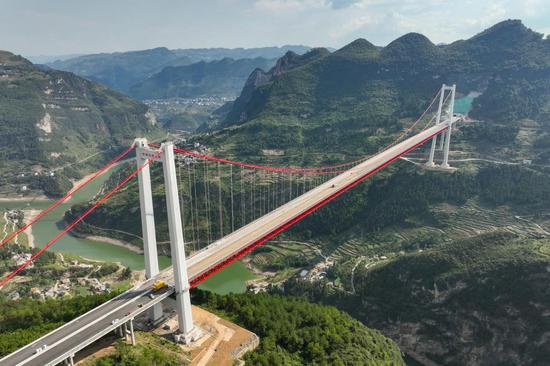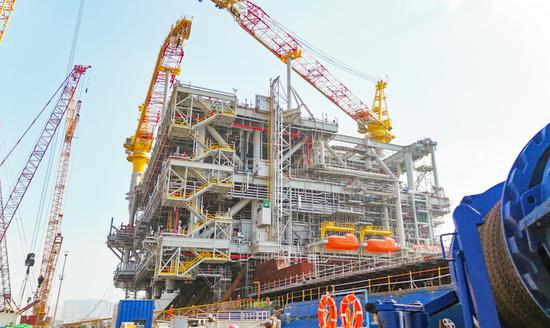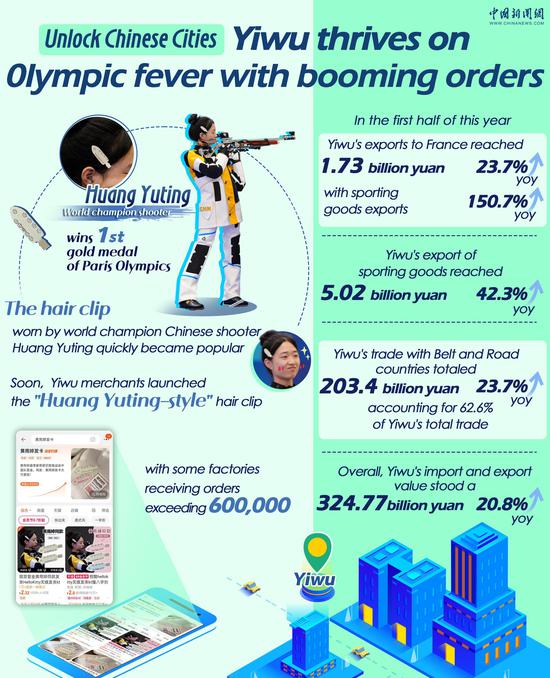Starting from Friday, drones have been used to deliver food and essential supplies to visitors at the Badaling section of the Great Wall, marking Beijing's first unmanned aerial vehicle (UAV) logistics delivery.
The South Ninth Tower of the Badaling section was opened to the public at the end of 2023. To preserve the original appearance of the Great Wall, no commercial facilities have been set up in this area, making it difficult for visitors to replenish supplies such as drinking water and food, according to the Xinhua News Agency.
To address this problem, the Badaling Great Wall Scenic Area partnered with a delivery platform to launch Beijing's first drone logistics delivery route in the area. Visitors can now scan a QR code with their cell phones to log in to the delivery platform, and they can receive items such as medicine, drinking water and food delivered by UAVs in as little as five minutes.
The drone takes off from the rooftop of the Badaling Hotel. When a merchant in the scenic area receives an order from a visitor, a delivery person will quickly collect the order and bring it to the drone takeoff point. The delivery is then weighed, packaged and handed over to ground personnel who secure it to the drone and execute the delivery instructions.
During the initial test flights, there were many orders for items like drinking water and emergency medicines, reports said. The drone delivery service operates from 10 am to 4 pm.
After the delivery hours, these drones switch roles to assist with waste management, a task that has traditionally been labor-intensive.
Using UAVs for delivery improves the visitors' experience by providing quick access to essential supplies like drinking water, food and emergency medicines in remote sections, where traditional commercial facilities are not available. This is particularly important in the South Ninth Tower area, where visitors would otherwise have to endure long walks before obtaining basic necessities.
In the future, UAV logistics delivery might be considered for more scenarios to address delivery challenges in hard-to-reach areas where delivery personnel struggle to arrive quickly, bringing even more convenience, experts said.


















































 京公网安备 11010202009201号
京公网安备 11010202009201号